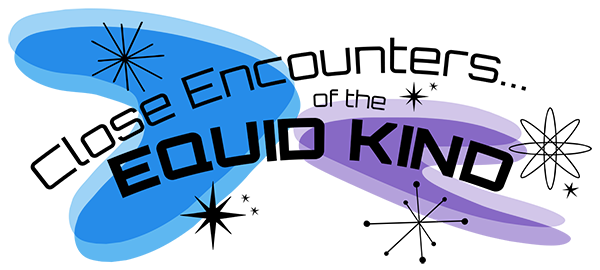Event Title
“Thus the Dead Are Made to Minister to the Comfort of the Living”: Equine Disposal Practices in the 18th-19th Century Eastern Woodlands Region
Session
Session 3: Equid Archaeology
Location
Mary Tefft White Cultural Center, University Library
Start Date
29-9-2023 10:50 AM
End Date
29-9-2023 12:20 PM
Description
Horses were ubiquitous in the 18th and 19th centuries, and material objects relating to horse use and care are commonly recovered from archaeological sites dating to this time. Despite their importance and prevalence on the landscape, skeletal remains of horses are notably infrequent in archaeological assemblages. Archaeologists generally attribute the absence of horse remains to their primary utility as work animals, rather than as meat sources. While this role may account for their absence in food-related contexts such as kitchen middens, it does not explain their underrepresentation in non-food contexts. This paper utilizes zooarchaeological, archival, and visual analyses to explore a possible horse disposal practice that may explain the archaeological absence of equine skeletal remains on rural sites. Historical references coupled with period artwork suggest that deceased horses were used to feed another ubiquitous human companion: domestic dogs. This paper considers this as a possible explanation for the lack of horse remains recovered on rural sites archaeologically. Following a year of data collection and analysis, this paper provides an update to McCague’s horse-disposal practices paper presented at the Equine History Collective Conference in 2022.
Recommended Citation
McCague, Elizabeth and Pavão-Zuckerman, Barnet, "“Thus the Dead Are Made to Minister to the Comfort of the Living”: Equine Disposal Practices in the 18th-19th Century Eastern Woodlands Region" (2023). Equine History Collective Conference. 8.
https://docs.rwu.edu/equinehistory-conference/2023/friday/8
“Thus the Dead Are Made to Minister to the Comfort of the Living”: Equine Disposal Practices in the 18th-19th Century Eastern Woodlands Region
Mary Tefft White Cultural Center, University Library
Horses were ubiquitous in the 18th and 19th centuries, and material objects relating to horse use and care are commonly recovered from archaeological sites dating to this time. Despite their importance and prevalence on the landscape, skeletal remains of horses are notably infrequent in archaeological assemblages. Archaeologists generally attribute the absence of horse remains to their primary utility as work animals, rather than as meat sources. While this role may account for their absence in food-related contexts such as kitchen middens, it does not explain their underrepresentation in non-food contexts. This paper utilizes zooarchaeological, archival, and visual analyses to explore a possible horse disposal practice that may explain the archaeological absence of equine skeletal remains on rural sites. Historical references coupled with period artwork suggest that deceased horses were used to feed another ubiquitous human companion: domestic dogs. This paper considers this as a possible explanation for the lack of horse remains recovered on rural sites archaeologically. Following a year of data collection and analysis, this paper provides an update to McCague’s horse-disposal practices paper presented at the Equine History Collective Conference in 2022.


